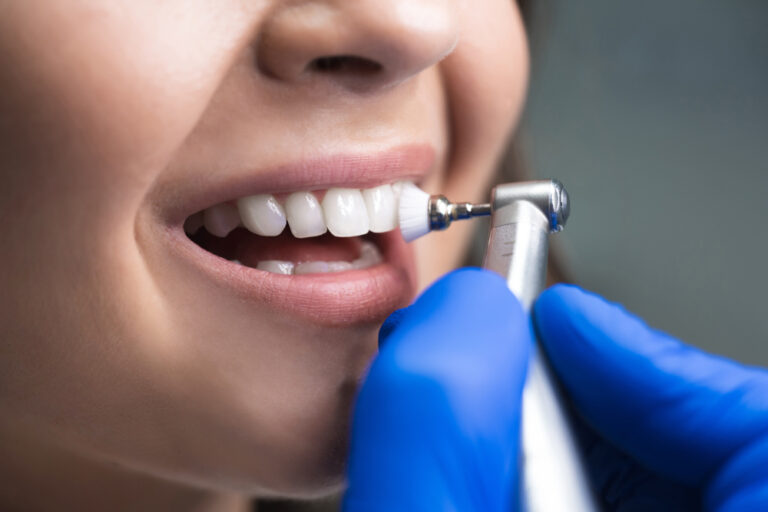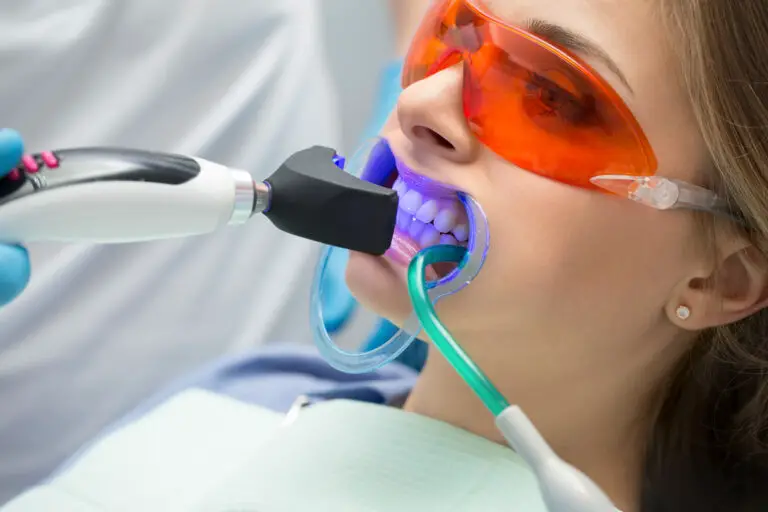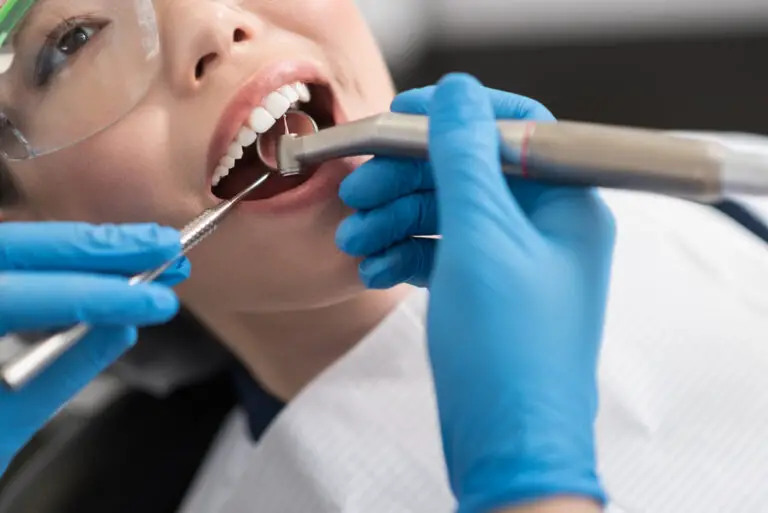Are you curious about which tooth has four cusps? The answer is the maxillary first molar. This tooth is located in the upper jaw and is one of the largest teeth in the mouth. It has a total of four cusps, which are the raised points on the chewing surface of the tooth.
The maxillary first molar is a permanent tooth that typically erupts between the ages of 6 and 7 years old. It is located at the back of the mouth and is responsible for grinding and crushing food. The four cusps on this tooth are named the mesiobuccal, distobuccal, mesiolingual, and distolingual cusps. These cusps are important for the proper function of the tooth and help to distribute the force of chewing evenly across the tooth’s surface.
Understanding which tooth has four cusps is important for dental professionals and patients alike. Knowing the anatomy of the teeth can help with proper diagnosis and treatment of dental issues. If you have concerns about your teeth, it is important to schedule regular dental check-ups to maintain good oral health.
Understanding Tooth Anatomy
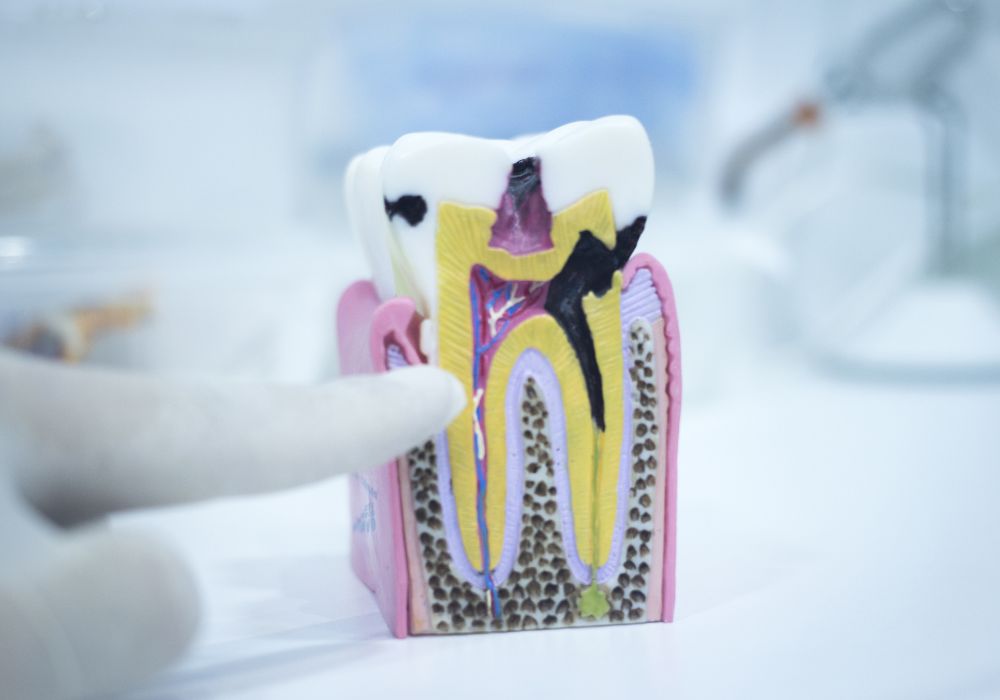
Tooth anatomy can be complex, but it’s important to understand the different components of teeth to maintain good oral health. In this section, we’ll cover two important aspects of tooth anatomy: cusps and types of teeth.
What Are Cusps?
Cusps are the raised points on the chewing surface of teeth. These cusps help to break down food and aid in the chewing process. The number of cusps on a tooth can vary depending on the type of tooth and its location in the mouth.
One tooth that is known for having four cusps is the maxillary first molar. This tooth is located in the upper jaw and is one of the largest teeth in the mouth. The four cusps on this tooth are called the mesiobuccal, distobuccal, mesiolingual, and distolingual cusps.
Types of Teeth
There are four main types of teeth: incisors, canines, premolars, and molars. Each type of tooth has a specific shape and function.
Incisors are located at the front of the mouth and are used for biting and cutting food. Canines are the pointed teeth located next to the incisors and are used for tearing and ripping food. Premolars are located between the canines and molars and have two cusps. Molars are the largest teeth in the mouth and are located at the back of the mouth. They have four or five cusps and are used for grinding and chewing food.
It’s important to take care of all types of teeth to maintain good oral health. Brushing twice a day, flossing daily, and visiting your dentist regularly can help keep your teeth healthy and prevent dental problems.
The Molar Tooth
Molars are the large, flat teeth located at the back of your mouth. They are responsible for grinding and crushing food, making them an essential part of your dental anatomy. Unlike other teeth, molars have four or five cusps, which are the raised points on the chewing surface of the tooth.
Structure of Molars
The structure of molars is unique compared to other teeth. They have a large, flat crown with multiple cusps on the top surface. The crown is covered by enamel, which is the hardest substance in the human body. Beneath the enamel is dentin, a softer and more porous material. The pulp chamber is located at the center of the tooth and contains nerves and blood vessels.
Molars have multiple roots that anchor them to the jawbone. The number of roots varies depending on the type of molar. For example, the first and second molars in the lower jaw have two roots, while the first and second molars in the upper jaw have three roots. The third molars, also known as wisdom teeth, can have two, three, or even four roots.
Molars are divided into four groups, with three molars in each group. The first molars erupt around the age of six, followed by the second molars around the age of twelve. The third molars, or wisdom teeth, usually erupt between the ages of seventeen and twenty-five.
In conclusion, molars are an essential part of your dental anatomy. They have four or five cusps that help grind and crush food. The structure of molars is unique, with a large, flat crown and multiple roots. Understanding the structure and function of molars can help you maintain good oral health and prevent dental problems.
Identifying the Four-Cusped Tooth
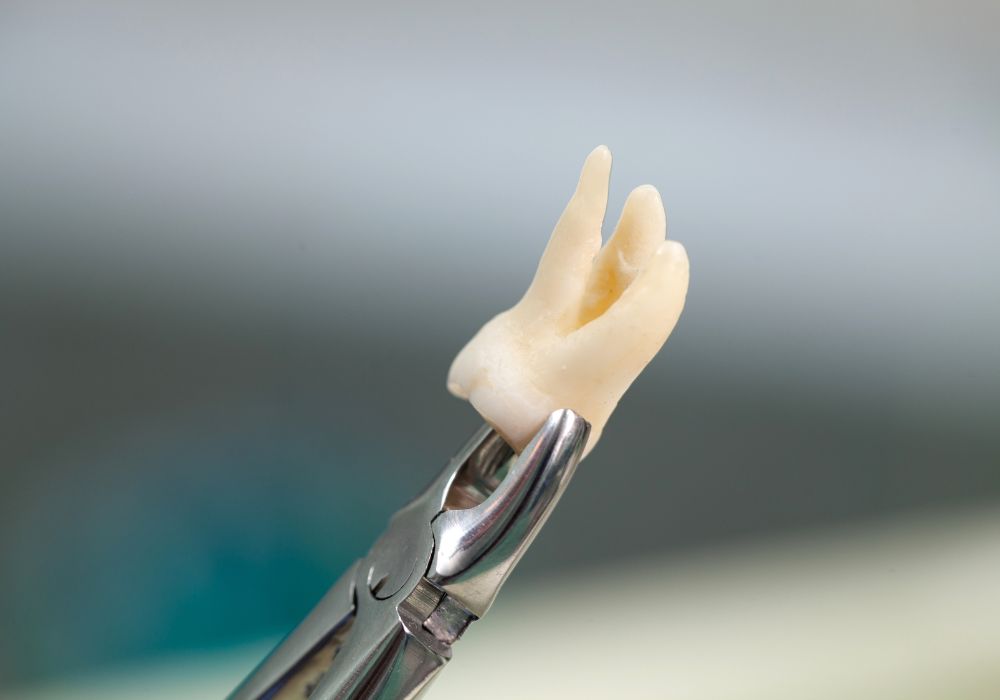
If you’re wondering which tooth has four cusps, you’re in luck! In this section, we’ll go over the two teeth in your mouth that have four cusps: the upper first molar and the lower second molar.
Upper First Molar
The upper first molar is located in the maxillary arch, and it is one of the most commonly extracted teeth due to decay or other dental problems. It has four cusps, which are named after the adjacent line angles: mesiobuccal, distobuccal, mesiolingual, and distolingual.
The mesiobuccal cusp is the largest and the most prominent of the four cusps. The distobuccal cusp is smaller than the mesiobuccal cusp, but it is still larger than the two lingual cusps. The mesiolingual cusp is located on the lingual surface of the tooth, and it is smaller than the distolingual cusp.
Lower Second Molar
The lower second molar is located in the mandibular arch, and it has four cusps as well. It is often referred to as the 15th tooth in the dental arch, and it is located distal to the lower first molar.
The four cusps of the lower second molar are named mesiobuccal, distobuccal, mesiolingual, and distolingual. The mesiobuccal cusp is the largest and the most prominent of the four cusps. The distobuccal cusp is smaller than the mesiobuccal cusp, but it is still larger than the two lingual cusps. The mesiolingual cusp is located on the lingual surface of the tooth, and it is smaller than the distolingual cusp.
In summary, the upper first molar and the lower second molar are the two teeth in your mouth that have four cusps. Knowing which teeth have four cusps can help you identify them during dental exams and understand the different parts of your teeth.
Role of Four-Cusped Teeth
Four-cusped teeth, also known as premolars, are important teeth in the human mouth due to their unique structure and function. Here are some of the roles that these teeth play in your dental health:
- Chewing: Four-cusped teeth are located in the back of your mouth and are responsible for grinding and crushing food. They have a larger surface area than other teeth, which helps them break down food more efficiently.
- Support: Four-cusped teeth also provide support for the adjacent teeth in your mouth. They help maintain the proper spacing between teeth, preventing overcrowding and misalignment.
- Protection: These teeth also play a protective role by preventing the molar teeth from shifting forward and causing bite problems.
- Aesthetics: In addition to their functional roles, four-cusped teeth also play an important role in the appearance of your smile. They are visible when you smile and help give your teeth a uniform appearance.
It is important to take care of your four-cusped teeth to maintain good dental health. Regular brushing and flossing, along with routine dental check-ups, can help prevent tooth decay and gum disease. If you experience any pain or discomfort in your premolars, it is important to see a dentist as soon as possible to prevent further damage to your teeth.
Common Problems and Treatments
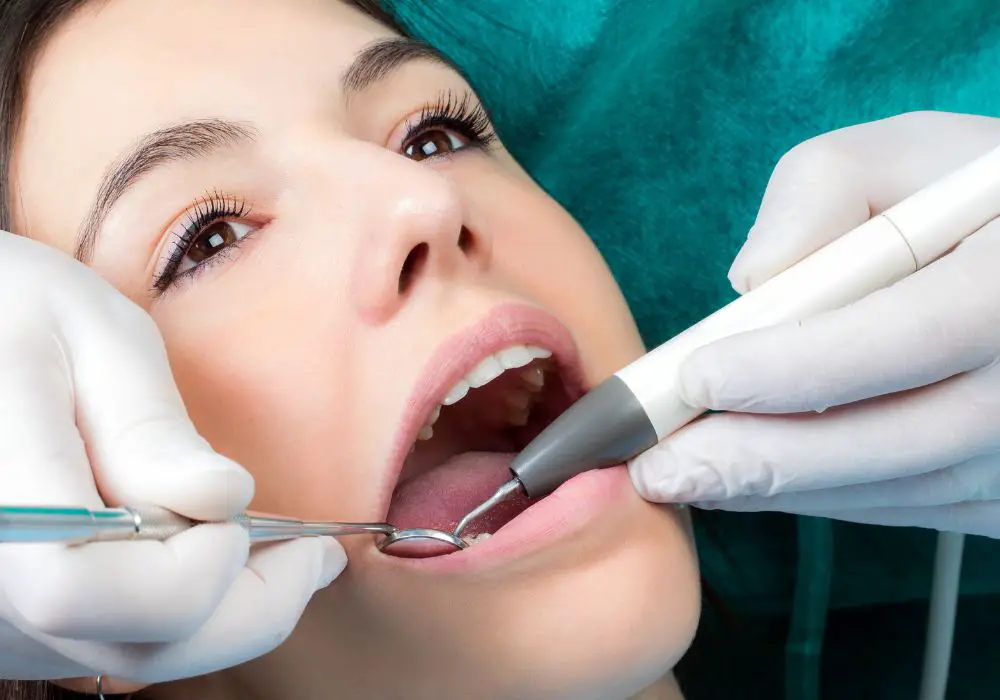
Tooth Decay
One of the most common problems with teeth is tooth decay. This occurs when the bacteria in your mouth produce acid that eats away at the enamel of your teeth. If left untreated, tooth decay can lead to cavities, which can cause pain and sensitivity. You can prevent tooth decay by brushing your teeth twice a day with fluoride toothpaste, flossing daily, and visiting your dentist regularly for check-ups and cleanings. If you do develop a cavity, your dentist can treat it with a filling, crown, or root canal, depending on the severity.
Tooth Erosion
Tooth erosion is another common problem that can affect your teeth. This occurs when the enamel on your teeth is worn away by acid, which can come from acidic foods and drinks, or from stomach acid if you have acid reflux. Tooth erosion can cause sensitivity, discoloration, and even cracks or chips in your teeth. To prevent tooth erosion, you should limit your intake of acidic foods and drinks, and rinse your mouth with water after consuming them. Your dentist may also recommend fluoride treatments or dental bonding to help protect your teeth from erosion.
Remember, taking care of your teeth is important for your overall health. If you experience any tooth pain or sensitivity, or if you notice any changes in your teeth, be sure to visit your dentist as soon as possible. They can help diagnose any problems and provide you with the necessary treatment to keep your teeth healthy and strong.
Frequently Asked Questions
What are the different types of cusps found in teeth?
There are several types of cusps found in teeth, including buccal cusps, lingual cusps, and occlusal cusps. Buccal cusps are located on the cheek side of the teeth, while lingual cusps are located on the tongue side. Occlusal cusps are found on the top surface of the teeth and are involved in the process of chewing food.
How many cusps do molars typically have?
Molars typically have four to five cusps. Maxillary (upper) molars usually have four cusps on the top surface, while mandibular (lower) molars usually have five cusps. However, there can be variations in the number of cusps in different individuals.
What is the function of the cusp of Carabelli?
The cusp of Carabelli is an additional cusp located on the mesiopalatal aspect of the maxillary first molar. Its function is to aid in the grinding and chewing of food by providing additional surface area.
Which teeth have the cusp of Carabelli?
The cusp of Carabelli is most commonly found on the mesiopalatal aspect of the maxillary first molar. However, it can also be present on the maxillary second molar in some individuals.
What is the percentage of people with the cusp of Carabelli?
The cusp of Carabelli is present in approximately 20-30% of the population. It is more commonly found in people of European descent.
What is the anatomy of tooth cusps?
Tooth cusps are elevated features of the teeth that aid in the process of chewing food. They are composed of enamel, dentin, and pulp, and are supported by the underlying root structure of the tooth. The anatomy of the cusp can vary depending on its location and function within the tooth.


